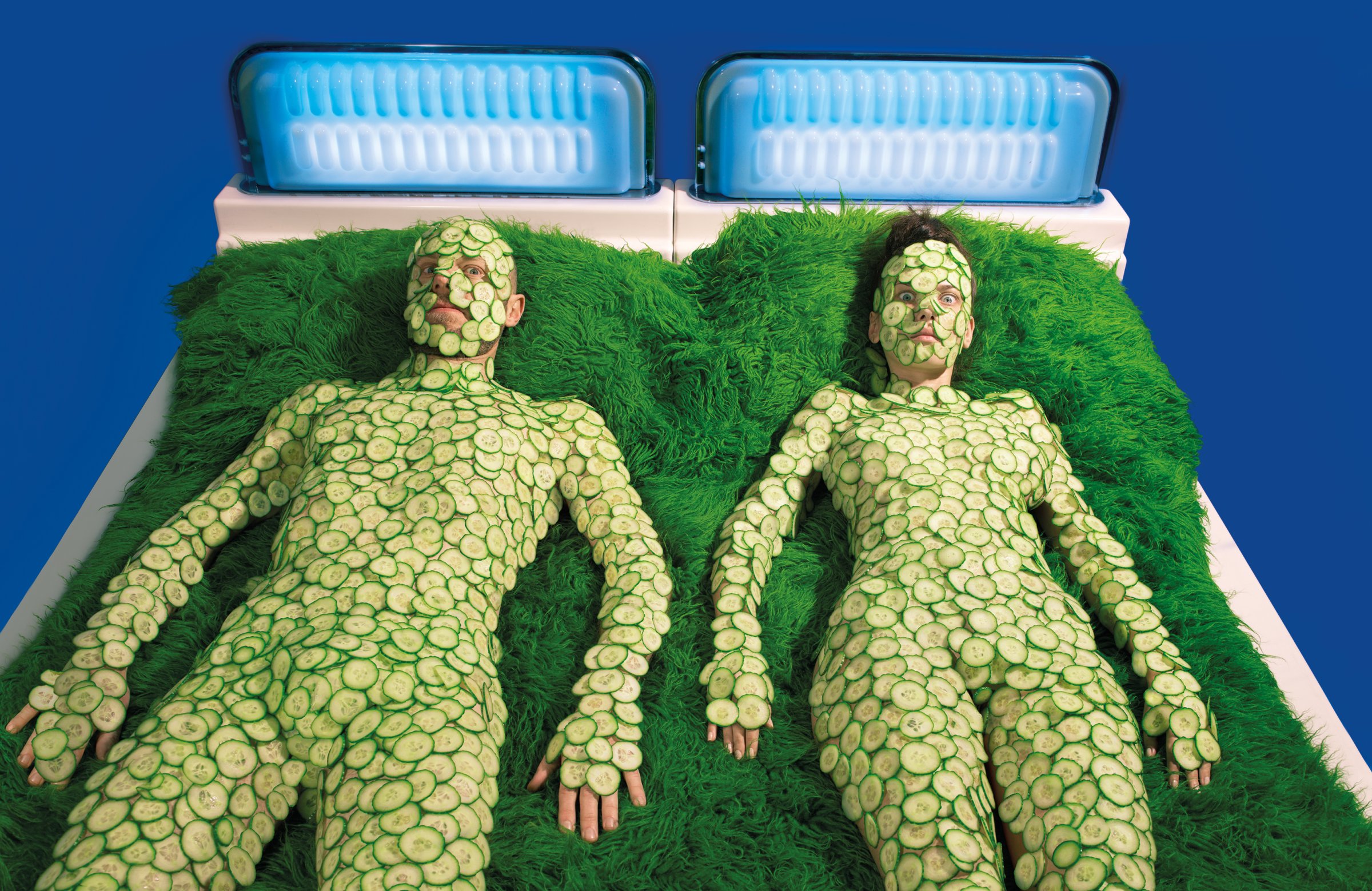
When people talk of “the Sixties,” in a sense they mean 1968. It was a year of revolution. It was a year of assassinations — Martin Luther King Jr. and Robert Kennedy were murdered within months of one another — and a year of riots. It was the year students and workers took to the streets of Paris, and the year Russian troops and tanks invaded Czechoslovakia to crush the Prague Spring. But, as it turns out, the revolutions of ’68 weren’t limited to the social and political spheres; it was also a year of upheaval in the worlds of architecture and design.
That very notion is the basis for 1968, a new book by artist Maurizio Cattelan and photographer Pierpaulo Ferrari, founders of TOILETPAPER magazine. The book hinges on the year in which there was a protest at the Venice Biennale, and avant-garde designers like Italy’s Superstudio started writing manifestos of rebellion against what they saw as the oppressive reign of Modernist design. (Think clean lines and an efficient use of space — buildings like Mies ven der Rohe’s Lakeshore apartments in Chicago.)
For the rebels, this type of architecture was not only boring, it was downright unimaginative — and its opponents in Italy launched the movement known as Radical Design. (It also had British and Finnish outposts.) Here, instead of the solidity and permanence emphasized in Modernism, playfulness and transience ruled. It was pop, it was fun and it was meant to be enjoyed. Appropriately, most of the radicals didn’t make large buildings, but focused instead on small, kooky pieces of furniture.
It seems fitting then that Cattelan and Ferrari — known for their irreverence — chose to focus on Dakis Joannou’s collection of Radical Design objects in 1968. Joannou, a Greek Cypriot industrialist, is one of the most important art collectors in the world. Cattelan and Ferrari play with the objects in his enormous collection, transforming them into props in a fun, sensual — and sometimes even crass — game.
We see Superstudio’s famous, cubed Quaderna table with bottles of gin and whisky on top; the impossible-seeming Pratone fake grass chair with hands emerging from its center; and a couple blanketed in cucumber slices sprawling on the space age Elledue bed. It’s as if Cattelan and Ferrari want the revolution to happen all over again.
“Life is entertainment,” as Maria Cristina Didero writes in the book’s introduction. “We actually live with objects and props, and so does this book: wigs, lips, bondage, fresh fruit.”
“In the TOILETPAPER photographs the objects live a novel 1968,” she adds. “And we [should] welcome them as new.”
[MORE: Maurizio Cattelan’s Magic Show: The Best Fashion Portfolio You May Have Missed]
Maurizio Cattelan‘s solo exhibitions have been organized by the Museum of Modern Art and the Centre Georges Pompidou, among many others. Cattelan co-founded the art magazine TOILETPAPER with photographer Pierpaolo Ferrari. He lives and works in New York and Milan. 1968 is available now.
Pierpaolo Ferrari is a fashion photographer who has worked for clients such as BBDO, Saatchi and Saatchi, Emporio Armani and L’Uomo Vogue among many others. He co-founded the art magazine TOILETPAPER with Maurizio Cattelan, and lives and works in New York and Milan.
Richard Conway is Reporter/Producer for TIME LightBox. Follow him on twitter @RichardJConway
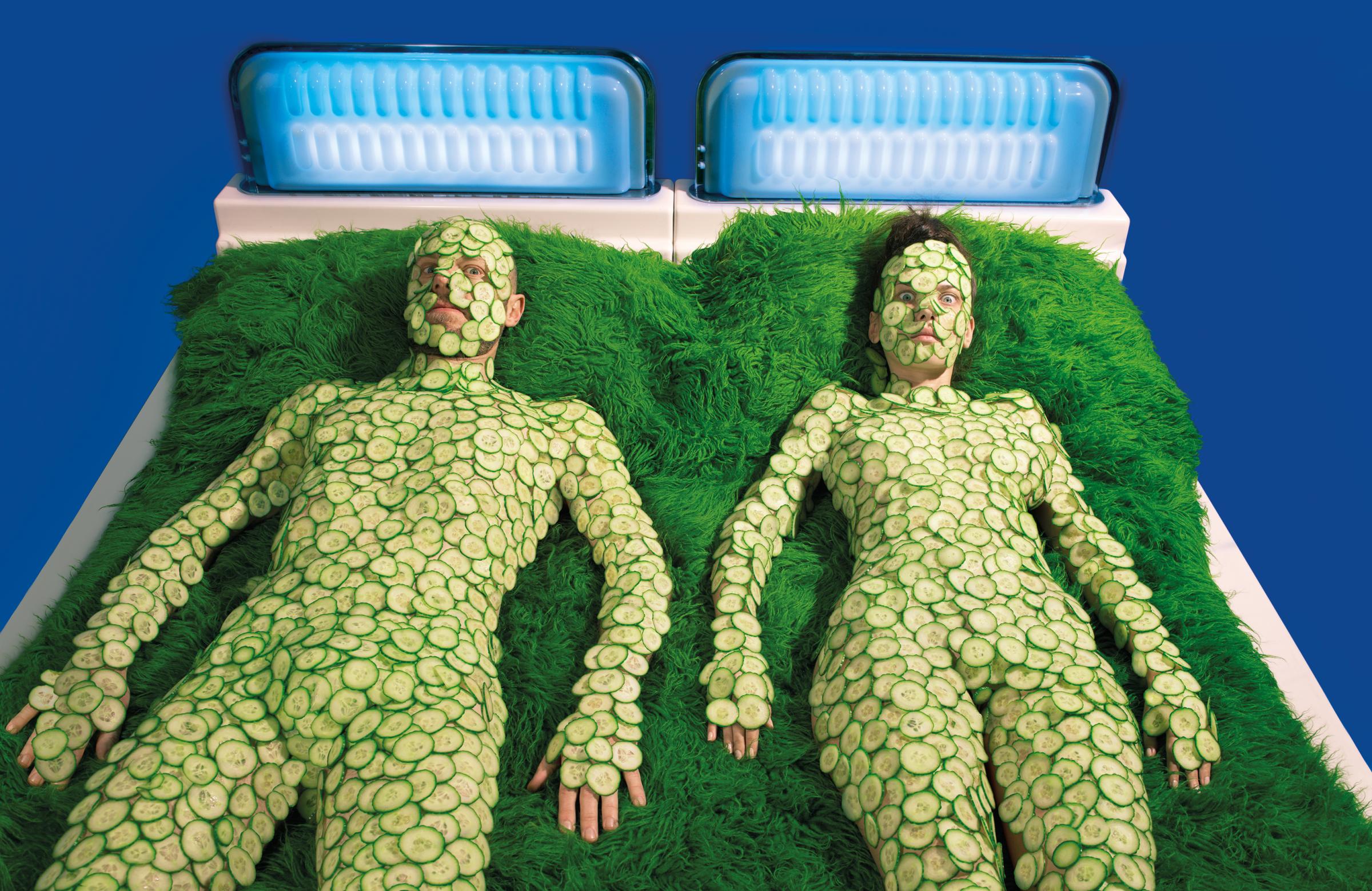
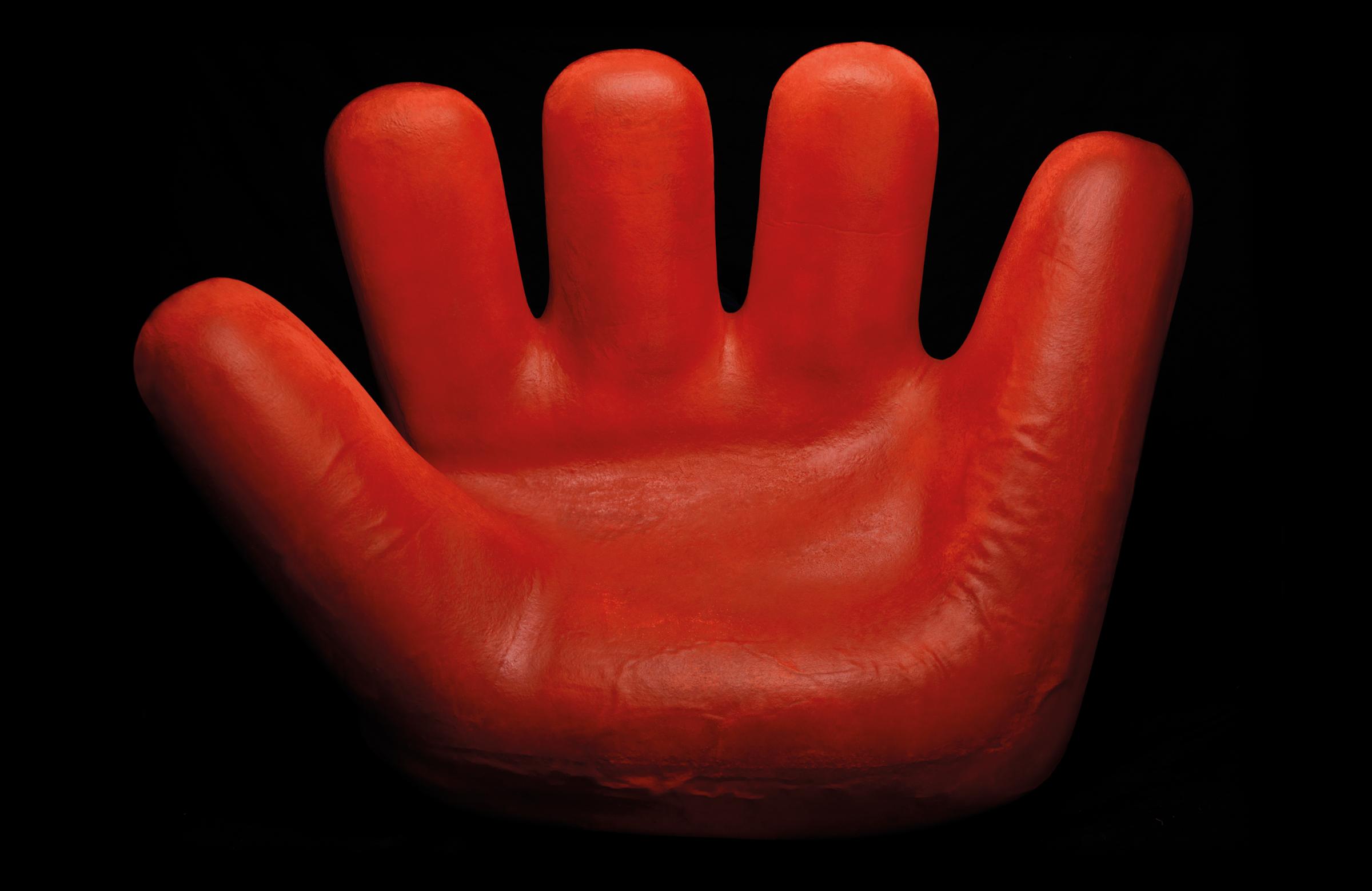
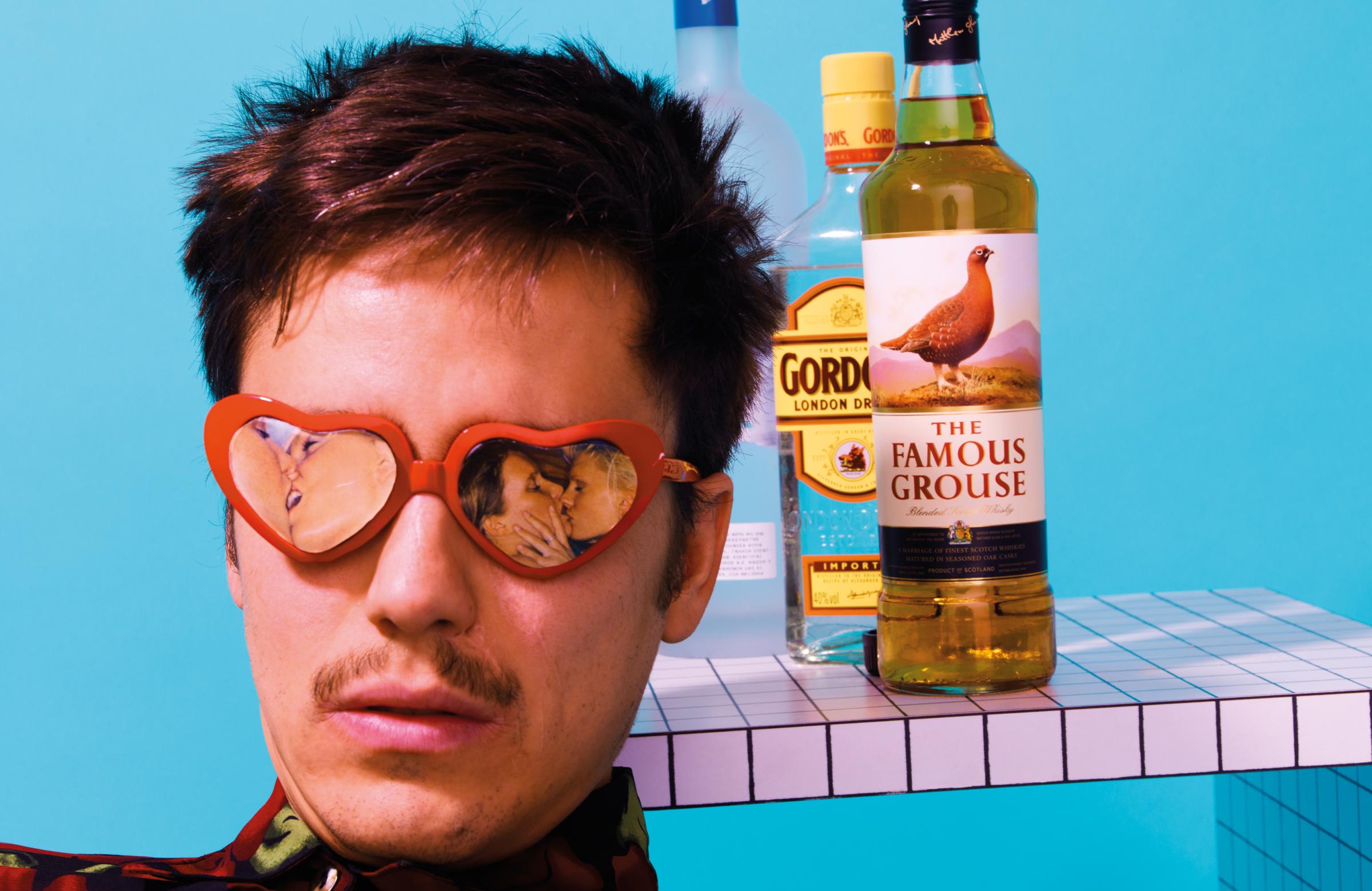
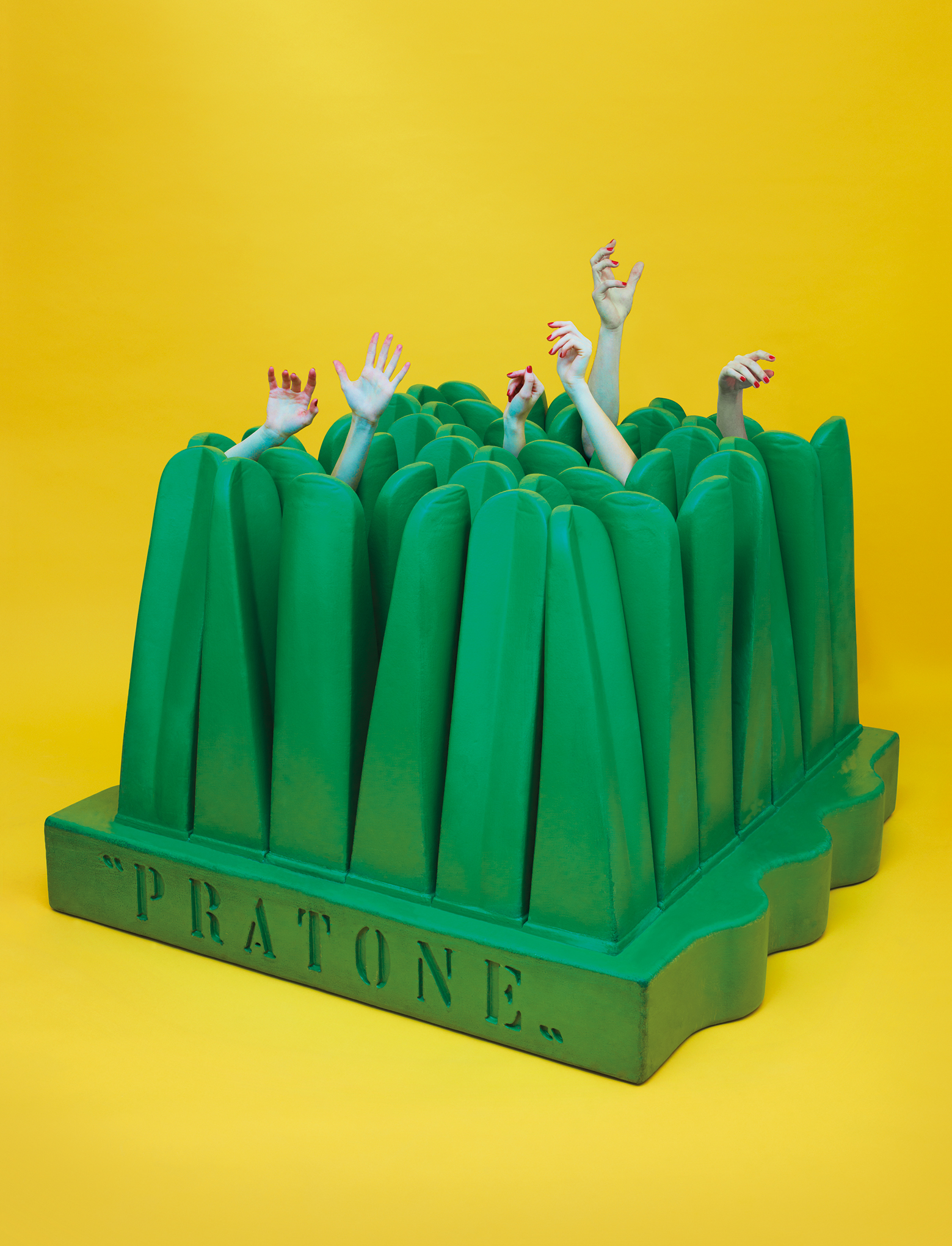
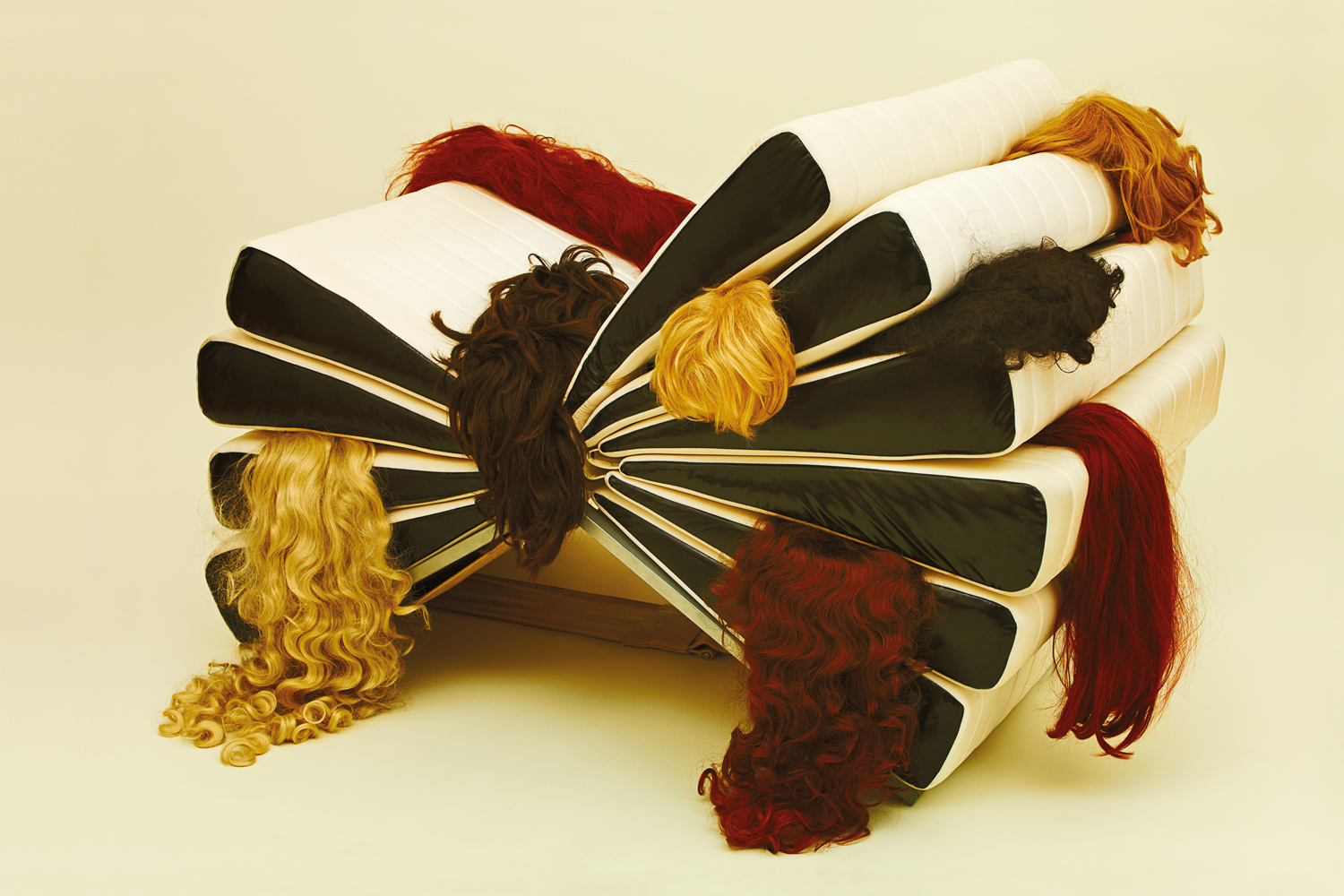
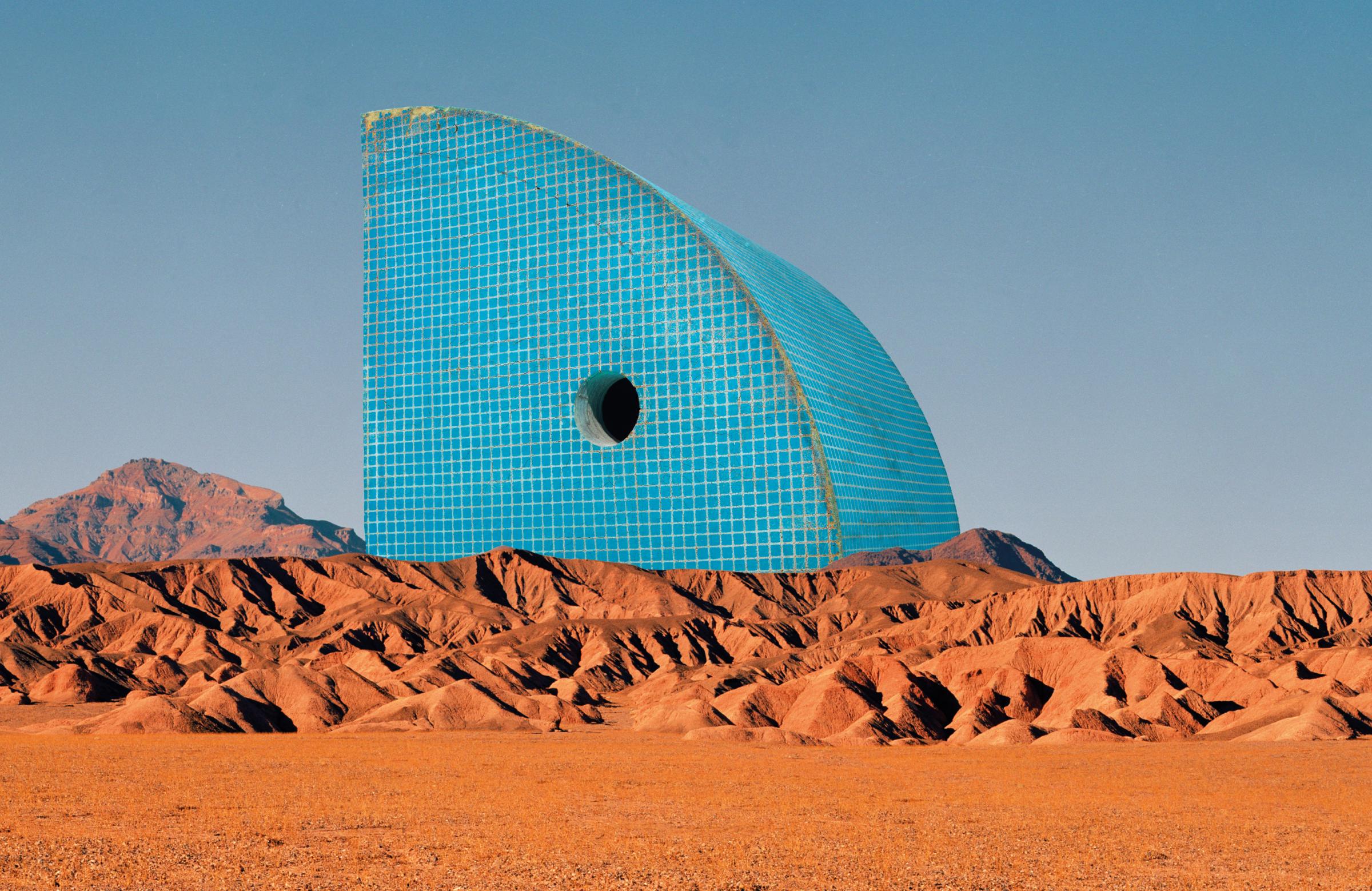
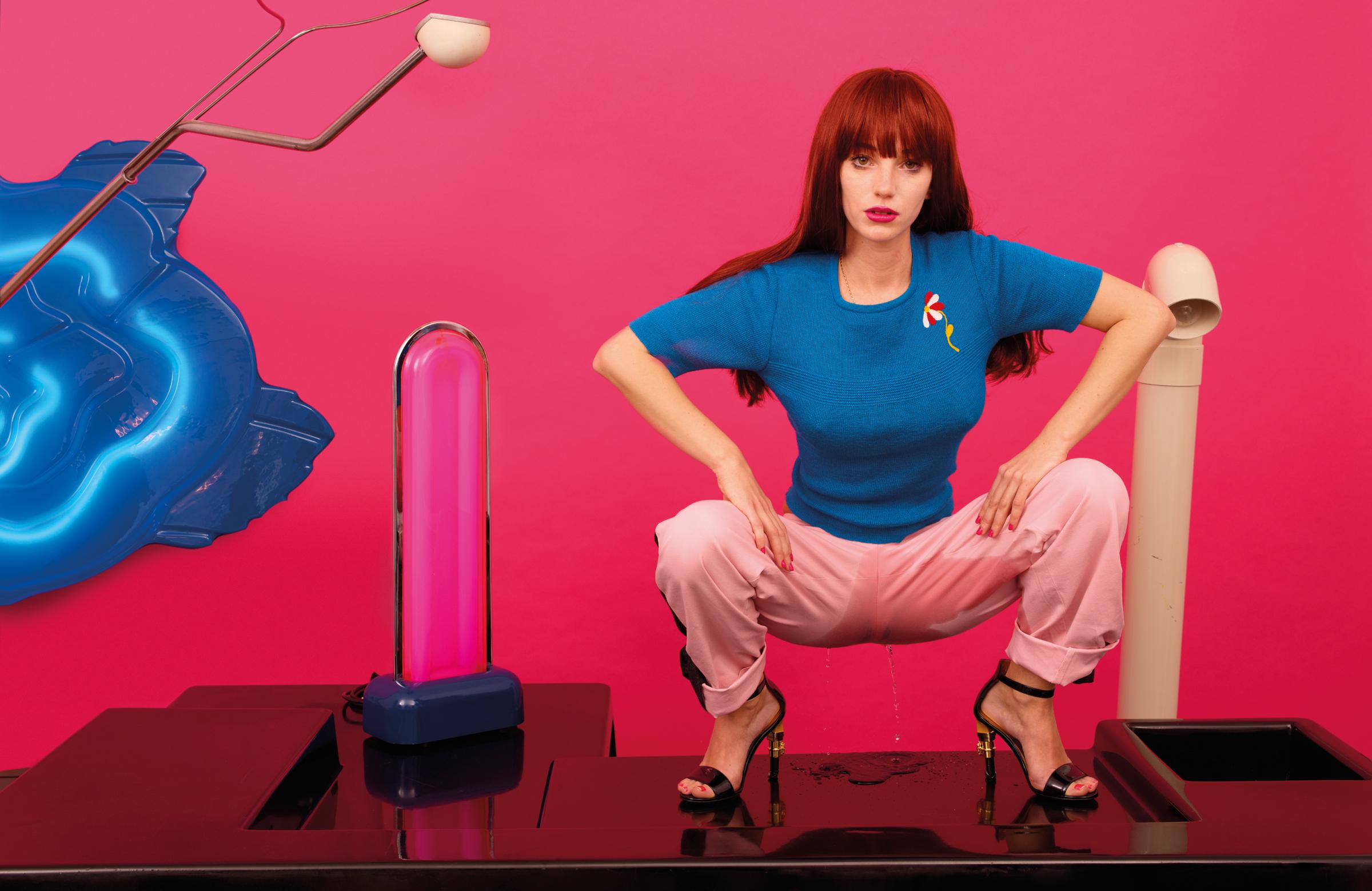
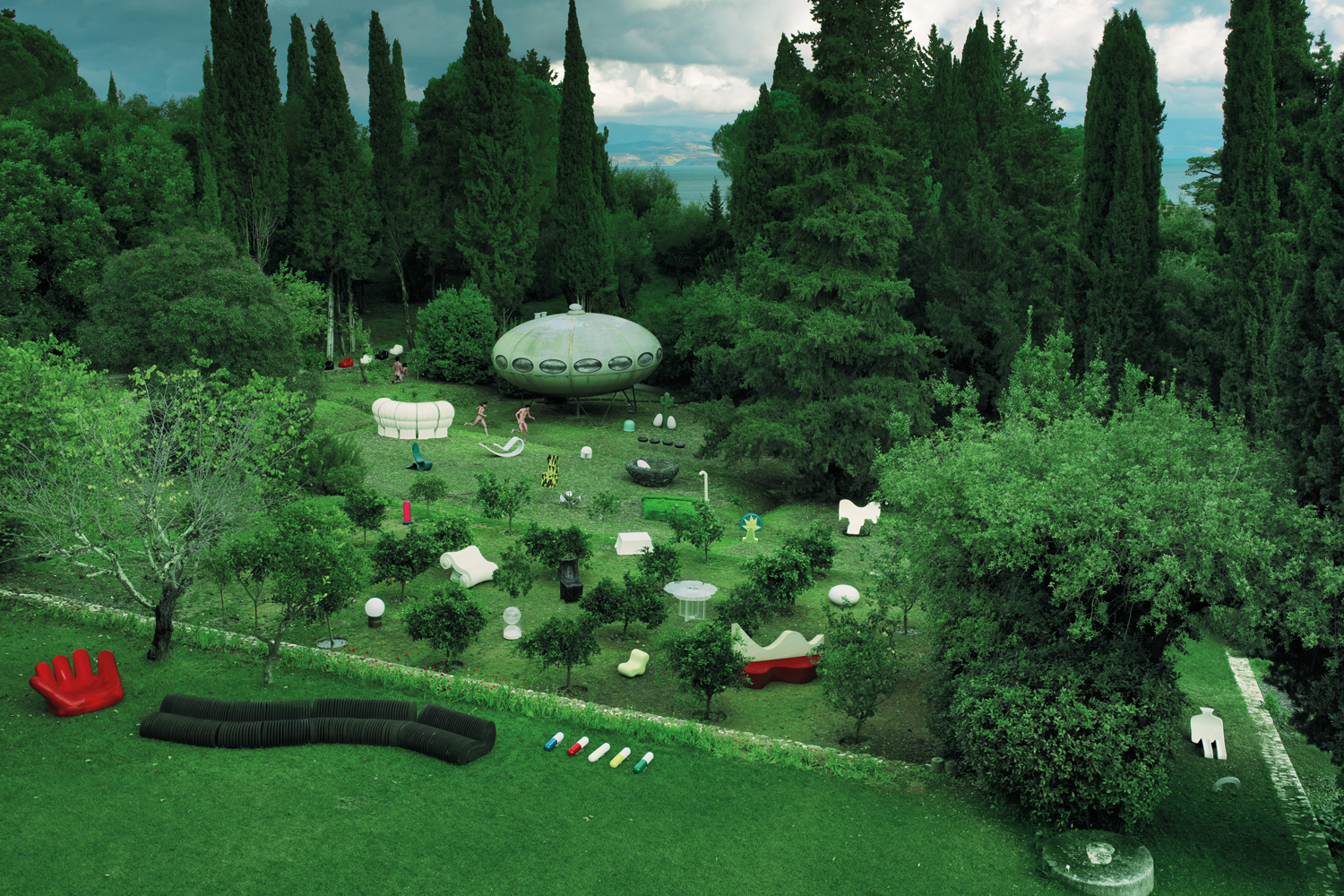
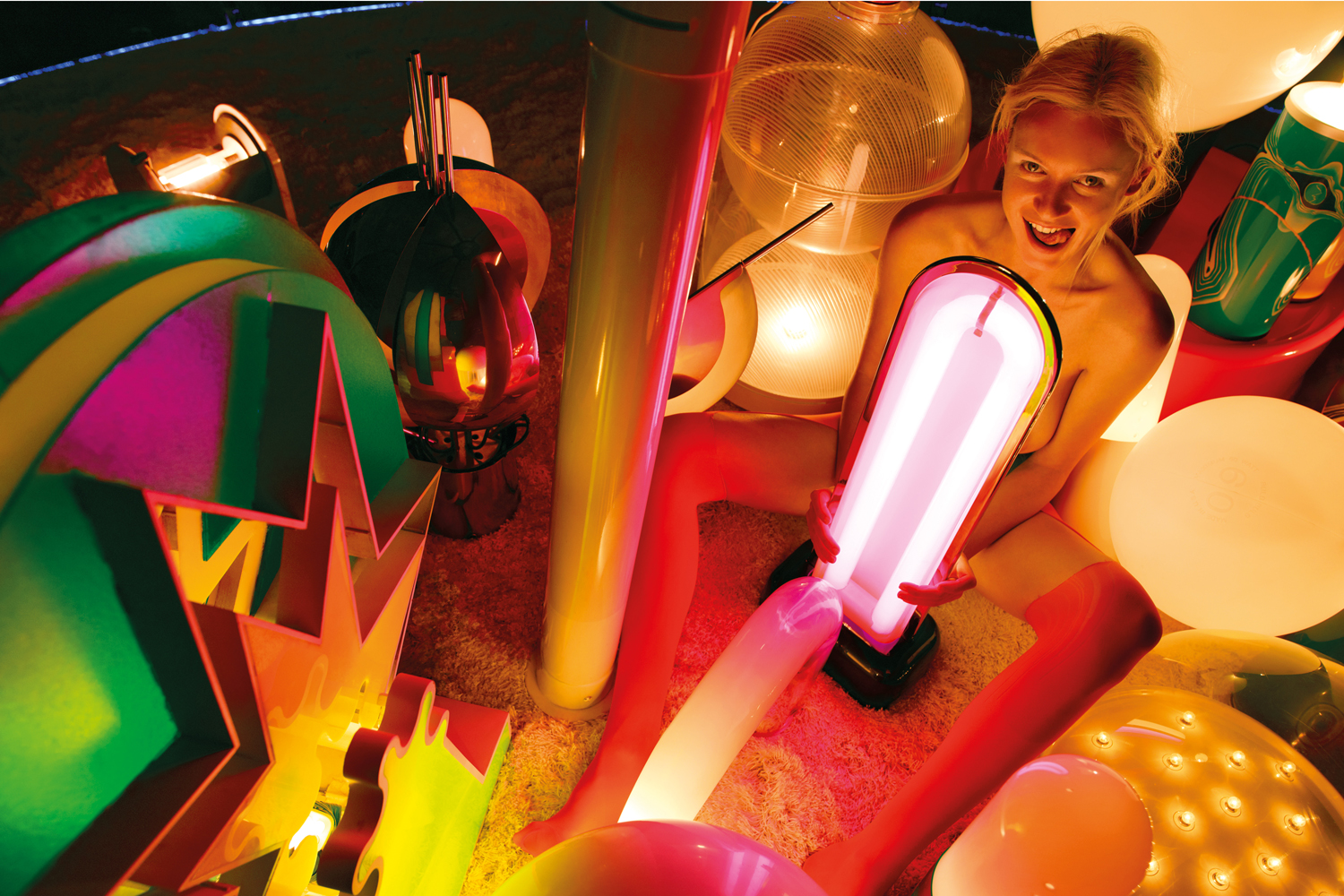
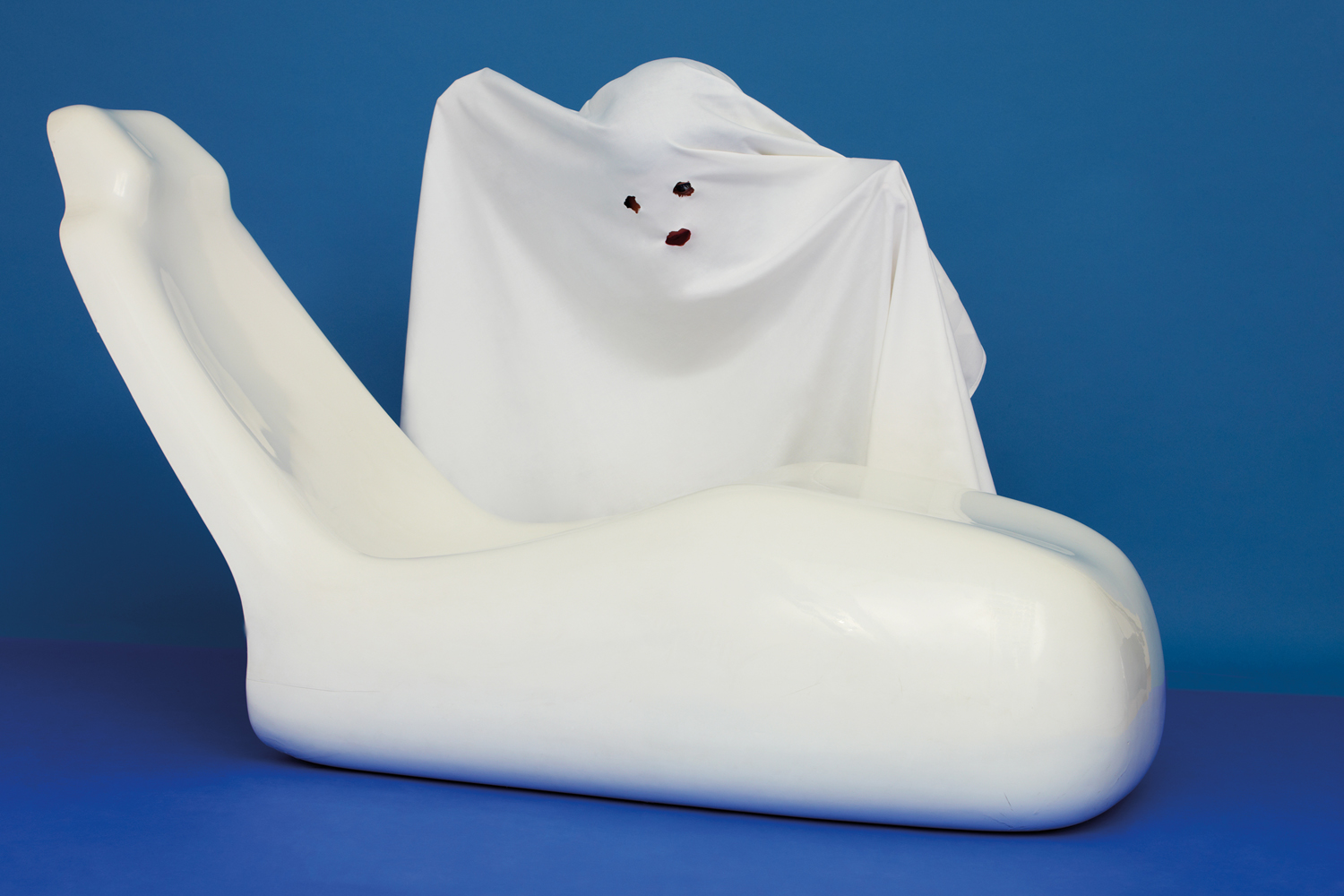
More Must-Reads From TIME
- The 100 Most Influential People of 2024
- The Revolution of Yulia Navalnaya
- 6 Compliments That Land Every Time
- What's the Deal With the Bitcoin Halving?
- If You're Dating Right Now , You're Brave: Column
- The AI That Could Heal a Divided Internet
- Fallout Is a Brilliant Model for the Future of Video Game Adaptations
- Want Weekly Recs on What to Watch, Read, and More? Sign Up for Worth Your Time
Contact us at letters@time.com